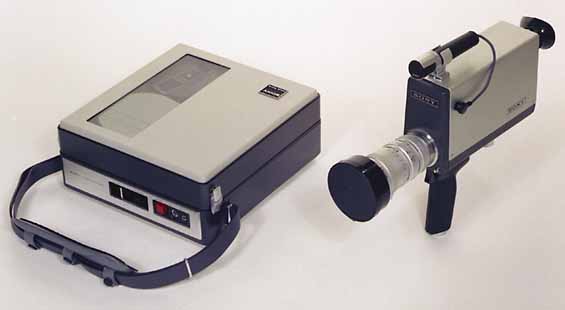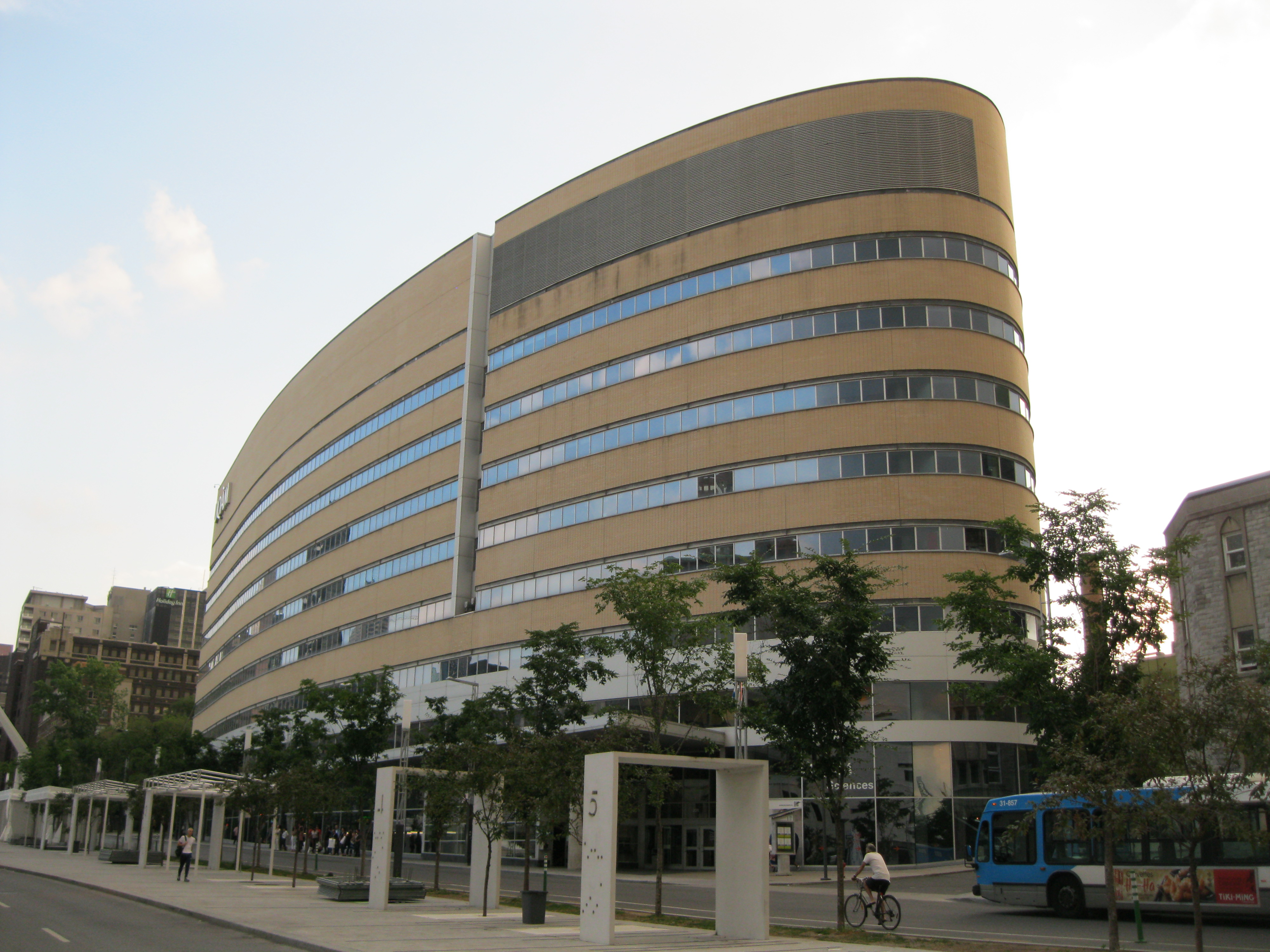|
Emmanuelle Léonard
Emmanuelle Léonard (born 1971) is a Canadian photographer and Video artist. Education Léonard received an MFA degree in visual and media art from the Université du Québec à Montréal in 2002. Work Léonard's creative practice explores the aesthetic dimensions of documentary styles as well as the ideas of institutional authority and power. She is particularly interested in legal photography and administrative archives, which she manipulates to question and explore the idea of proof. Collections Her work is included in the collections of the Musée national des beaux-arts du Québec The Musée national des beaux-arts du Québec ( en, National Museum of Fine Arts of Quebec), abbreviated as MNBAQ, is an art museum in Quebec City, Quebec, Canada. The museum is situated in Battlefield Park and is a complex consisting of four bui ... and the Musée d'art contemporain de Montréal. References Living people 1971 births 20th-century Canadian women artists 21st-century ... [...More Info...] [...Related Items...] OR: [Wikipedia] [Google] [Baidu] |
Video Artist
Video art is an art form which relies on using video technology as a visual and audio medium. Video art emerged during the late 1960s as new consumer video technology such as video tape recorders became available outside corporate broadcasting. Video art can take many forms: recordings that are broadcast; installation art, installations viewed in galleries or museums; works streamed online, distributed as video tapes, or DVDs; and performances which may incorporate one or more television sets, video monitors, and projections, displaying live or recorded images and sounds. Video art is named for the original analog video tape, which was the most commonly used recording technology in much of the form history into the 1990s. With the advent of digital recording equipment, many artists began to explore digital technology as a new way of expression. One of the key differences between video art and theatrical cinema is that video art does not necessarily rely on many of the conventio ... [...More Info...] [...Related Items...] OR: [Wikipedia] [Google] [Baidu] |
Université Du Québec à Montréal
The Université du Québec à Montréal (English: University of Quebec in Montreal), also known as UQAM, is a French-language public university based in Montreal, Quebec, Canada. It is the largest constituent element of the Université du Québec system. UQAM was founded on April 9, 1969, by the government of Quebec, through the merger of the École des beaux-arts de Montréal, a fine arts school; the Collège Sainte-Marie, a classical college; and a number of smaller schools. Although part of the UQ network, UQAM possesses a relative independence which allows it to print its own diplomas and choose its rector. In the fall of 2018, the university welcomed some 40,738 students, including 3,859 international students from 95 countries, in a total of 310 distinct programs of study, managed by six faculties (Arts, Education, Communication, Political Science and Law, Science and Social science) and one school (Management). It offers Bachelors, Masters, and Doctoral degrees. It is ... [...More Info...] [...Related Items...] OR: [Wikipedia] [Google] [Baidu] |
Musée National Des Beaux-arts Du Québec
The Musée national des beaux-arts du Québec ( en, National Museum of Fine Arts of Quebec), abbreviated as MNBAQ, is an art museum in Quebec City, Quebec, Canada. The museum is situated in Battlefield Park and is a complex consisting of four buildings. Three of the buildings were purpose-built for the museum. One building was initially built as a provincial prison before being repurposed for museum use. The institution was opened as the Musée de la province de Québec in 1933. The museum was a provincial archives, arts, and natural science museum until 1962, when the natural science collection was removed. In the following year, the museum was renamed the Musée du Quebec. The provincial archives were relocated from the museum in 1979, leaving the institution with only an arts collection. In 2002, the museum was renamed the Musée national des beaux-arts du Québec. The collection includes over 40,000 works from the 16th century to the present day. The collection primarily incl ... [...More Info...] [...Related Items...] OR: [Wikipedia] [Google] [Baidu] |
Musée D'art Contemporain De Montréal
The Musée d'art contemporain de Montréal (MACM) is a contemporary art museum in Montreal, Quebec, Canada. It is located on the Place des festivals in the Quartier des spectacles and is part of the Place des Arts complex. Founded in 1964, it is Canada's first museum devoted to contemporary art. Initially housed in the Place Ville-Marie, the museum moved into the premises of the Château Dufresne in 1965, followed by an exhibition gallery from Expo 67 in 1968. In 1992, the museum moved to its current premises at Place des Arts in Montreal. History The Musée d'art contemporain de Montréal was founded in 1964 by the Quebec government. The MACM was the first institution in Canada devoted exclusively to contemporary art. Before moving to its current location, the Museum was housed in three different locations: at Place Ville-Marie from 1964 to 1965, the Château Dufresne from 1965 to 1968, and at Expo 67's International Fine Arts Exhibition at the Cité du Havre Art Gallery, fro ... [...More Info...] [...Related Items...] OR: [Wikipedia] [Google] [Baidu] |
Living People
Related categories * :Year of birth missing (living people) / :Year of birth unknown * :Date of birth missing (living people) / :Date of birth unknown * :Place of birth missing (living people) / :Place of birth unknown * :Year of death missing / :Year of death unknown * :Date of death missing / :Date of death unknown * :Place of death missing / :Place of death unknown * :Missing middle or first names See also * :Dead people * :Template:L, which generates this category or death years, and birth year and sort keys. : {{DEFAULTSORT:Living people 21st-century people People by status ... [...More Info...] [...Related Items...] OR: [Wikipedia] [Google] [Baidu] |
1971 Births
* The year 1971 had three partial solar eclipses ( February 25, July 22 and August 20) and two total lunar eclipses (February 10, and August 6). The world population increased by 2.1% this year, the highest increase in history. Events January * January 2 – 66 people are killed and over 200 injured during a crush in Glasgow, Scotland. * January 5 – The first ever One Day International cricket match is played between Australia and England at the Melbourne Cricket Ground. * January 8 – Tupamaros kidnap Geoffrey Jackson, British ambassador to Uruguay, in Montevideo, keeping him captive until September. * January 9 – Uruguayan president Jorge Pacheco Areco demands emergency powers for 90 days due to kidnappings, and receives them the next day. * January 12 – The landmark United States television sitcom ''All in the Family'', starring Carroll O'Connor as Archie Bunker, debuts on CBS. * January 14 – Seventy Brazilian political prisoners ar ... [...More Info...] [...Related Items...] OR: [Wikipedia] [Google] [Baidu] |
21st-century Canadian Women Artists
The 1st century was the century spanning AD 1 ( I) through AD 100 ( C) according to the Julian calendar. It is often written as the or to distinguish it from the 1st century BC (or BCE) which preceded it. The 1st century is considered part of the Classical era, epoch, or historical period. The 1st century also saw the appearance of Christianity. During this period, Europe, North Africa and the Near East fell under increasing domination by the Roman Empire, which continued expanding, most notably conquering Britain under the emperor Claudius ( AD 43). The reforms introduced by Augustus during his long reign stabilized the empire after the turmoil of the previous century's civil wars. Later in the century the Julio-Claudian dynasty, which had been founded by Augustus, came to an end with the suicide of Nero in AD 68. There followed the famous Year of Four Emperors, a brief period of civil war and instability, which was finally brought to an end by Vespasian, ninth Roman em ... [...More Info...] [...Related Items...] OR: [Wikipedia] [Google] [Baidu] |




